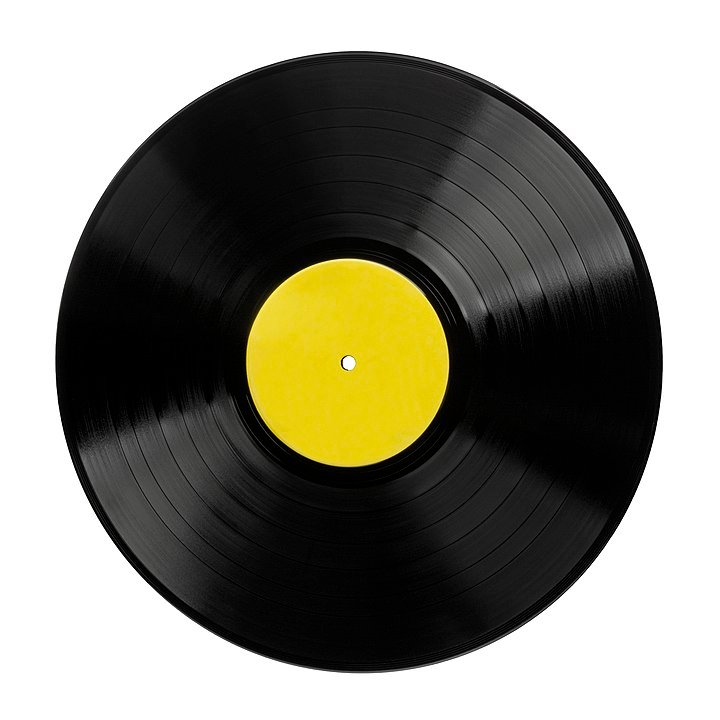Vinyl refers to a type of synthetic plastic material that commonly used in the production of records for music, flooring, upholstery, and various other products. It derives from polyvinyl chloride (PVC), a versatile and durable material. In the context of music, vinyl records are discs typically of polyvinyl chloride with grooves engrave or emboss on their surfaces, storing audio recordings that can played back using a turntable and a stylus. Vinyl records widely used for music distribution before the advent of digital formats like CDs and streaming services. However, they have experienced a resurgence in popularity among audiophiles and collectors in recent years for their unique sound quality and nostalgic appeal.
What type of material is vinyl?
This material is known for its durability, versatility, and resistance to moisture, making it suitable for various applications. Vinyl can manufactured in different forms, such as rigid sheets for flooring and flexible sheets or films for upholstery, packaging, and signage. It often choses for its affordability, ease of maintenance, and ability to mimic the appearance of other materials like wood or leather. In the context of music, vinyl records are from PVC vinyl and are renowned for their warm sound quality and unique analog playback experience.
What is it called vinyl?
Vinyl is called vinyl because it is primarily made from polyvinyl chloride (PVC), a type of plastic material. The term “vinyl” originates from the “vinylite” trademark used by the American chemical company, Union Carbide, in the 1930s to refer to their PVC product. Over time, “vinyl” became the commonly used term to describe this material in various applications, including vinyl records, vinyl flooring, vinyl upholstery, and more.
How It’s made of vinyl records Episode?
Process of vinyl records involves many states:
- Mastering: The audio recording is mastered, where the final mix and sound quality are optimized for vinyl production. This involves adjusting levels, equalization, and other parameters to ensure the best possible sound on vinyl.
- Lacquer Cutting: A master lacquer disc is created by cutting the mastered audio onto a blank lacquer-coated aluminum disc using a lathe equipped with a cutting stylus. This process creates a physical groove that represents the audio waveform.
- Electroplating: The master lacquer disc is then used to create metal parts for mass production. The lacquer disc coats with a conductive material and immersed in a series of chemical baths to create a metal negative, called a stamper, which used to press vinyl records.
- Vinyl Pressing: Vinyl pellets are heated and molded between two stampers under high pressure to form the final vinyl records. The stampers imprint the audio grooves onto the vinyl discs during this process.
- Cooling and Trimming: The freshly pressed records are then cool and trimmed to remove excess vinyl and achieve the final shape and size.
- Labeling and Packaging: The records labeled with center stickers and packaged in sleeves or jackets along with any additional inserts or artwork. They are then boxed for distribution.
How colored vinyl records are made?
Colored vinyl records are of using the same basic process as traditional black vinyl records, with an additional step to introduce color into the vinyl material. Here’s how colored vinyl are typically:
- Preparation of Colored PVC Pellets: Instead of using standard black PVC pellets, colored vinyl records are of using PVC pellets that have been dyed with pigments to achieve the desired color. These pellets can be made in a variety of colors, including transparent, opaque, or translucent hues.
- Heating and Molding: The colored PVC pellets heated to a precise temperature until they become molten and pliable. Then, they are injected into a mold cavity under high pressure. The mold contains the negative impression of the record’s grooves, as well as any labels or markings.
- Cooling and Solidification: Once the molten PVC fills the mold cavity, it is cool rapidly to solidify the vinyl material and form the shape of the record.
- Stamping and Trimming: After cooling, the record removed from the mold and inspected. Excess vinyl material trimmed away, and the record may undergo additional stamping processes to add labels or markings.
- Quality Control: Throughout the manufacturing process, quality control measures implemented to ensure that the colored vinyl records meet industry standards for sound quality, appearance, and durability.
- Packaging: Once the colored vinyl records have passed inspection, they packaged in sleeves or jackets along with any additional inserts or artwork. They are then ready for distribution to retailers or directly to consumers.
Conclusion
The production of vinyl records, whether traditional black or colored variants, involves a meticulous process that combines craftsmanship with modern manufacturing techniques. From mastering the audio to molding the vinyl and packaging the final product, each step requires precision and attention to detail to ensure the highest quality records for music lovers and collectors alike. Colored vinyl add an extra layer of visual appeal to this process, allowing for creative expression and unique collector’s items. Whether it’s the warm sound of a classic black vinyl or the vibrant hues of a colored pressing, the vinyl record continues to hold a special place in the hearts of music enthusiasts around the world.
